Written By: Mohammad Shaaban, MINA’s correspondent in Palestine
The twelfth day of September 2005 is a turning point in the history of the Palestinian-Israeli conflict. For the first time since its existence, the Israeli occupation decided to give up part of the Palestinian lands that it controlled for 38 consecutive years.
On Sunday, September 12 marked the 16th anniversary of the “Israeli” occupation’s withdrawal from the Gaza Strip. In a historic event, the occupation evacuated its settlements in Gaza in a way it has never before vacated the land it seized since its occupation of historic Palestine in 1948.
In 2005, “Israel” began evacuating 19 settlements that occupied 35,910 dunums of the Gaza Strip, whose area does not exceed about 360 square kilometers, and were about eight thousand settlers lived.
Also Read: Sheikh Muhammad Amin al-Husseini: The Palestinian Mufti in Indonesia’s Independence History
Israel’s Occupation of Gaza
The “Israeli” entity occupied Gaza in 1967 and remained responsible for its administration until the coming of the Palestinian Authority headed by Yasir Arafat in 1994. Thus, it handed over power to the Palestinian Authority, while it kept its forces in central settlements inside the Strip, in which more than 6,000 settlers lived.
The first settlement in Gaza named “Netzer Hazani” was established in 1976, while the last three small settlements were established in 2001 after the outbreak of the Al-Aqsa Intifada.
The number of Israeli settlements in the Gaza Strip reached 19, most of them concentrated in two main settlements. The northern settlement bloc includes three settlements and is located along the northern Gaza border. However, the southern settlement bloc included 11 settlements and is called “Gush Katif”. It is located on the southern third of the Gaza coast in an area rich in freshwater.
Also Read: Celebrating 200th Java War: Novelty Spirit of 2013 Memory of The World
Why Did Israel Withdraw From Gaza Specifically?
The Israeli decision to withdraw from Gaza was not based on the will of the Israeli occupation. The withdrawal came as a result of the pressure exerted by the Palestinian resistance on the occupation forces, especially with the start of the Al-Aqsa Intifada – public rising – in 2000. This year witnessed the so-called “tunnel war”, during the two years preceding the withdrawal, targeted reinforced positions of the “Israeli” army in the Gaza Strip.
The former leaders in the occupation army and security said that the withdrawal from the Gaza Strip in 2005 was not comfortable, but came under the pressure of the losses incurred by the army as a result of violent confrontations with the Palestinian resistance in Gaza. This made the Israeli existence in the Gaza Strip a high surcharge on the Zionist entity that was difficult to protect.
The Palestinians did not remain silent in the face of the occupation crimes committed against them. Thus, they resisted the brutal occupation by all available means, as they turned the “Israeli” settlements into central places to confront the “Israeli” occupation forces and settlers.
Also Read: History, Islam, and the Culture of the Kazakhstan: Abai as a National Inspiration
The head of the Military Intelligence Division in the occupation army at the time, “Zevi Farkash”, said that the withdrawal came in light of the difficulty of protecting 8,000 settlers in Gaza that they assigned an entire military division to do this task, while the settlements turned into hotbeds of Palestinian operations.
The option of withdrawal was not easy for the occupation, in light of the Palestinian insistence on gaining their freedom and restoring their human rights robbed by the occupation that still practices its violations against them. It raised the security cost on the occupation authority due to the commando operations carried out by Palestinians, which led the occupation to run away.
Ariel Sharon, the prime minister of the occupation at the time, called this withdrawal the “disengagement plan” to ease the economic and military burdens on the occupation. The withdrawal plan also included the evacuation of 4 settlements in the occupied West Bank, which are “Ganim, Kadim, Homesh, and Sanur.”
As soon as the withdrawal process began, the occupation soldiers and settlers began to demolish and blew up their settlements. This shows how brutal and inhuman the Israeli occupation is, as they damaged wide areas to prevent Palestinians from using it to get their livelihoods and not leave behind habitable buildings. In this context, they damaged 2000 homes and 26 synagogues.
Also Read: Boycotting Israeli-Affiliated Products: A Moral Stance and a Form of Supporting Justice
Fundamental Shift in Palestinian Resistance Path
After the withdrawal, thousands of Palestinians came out rejoicing and hoping for a better life, after 38 years of occupation of the small coastal strip, which began in 1967.
The withdrawal from the Gaza Strip was a major turning point in the development of the performance of the Palestinian resistance and its weapons. It gave the Palestinian resistance the space to expand and grow its military facilities. Thus, Palestinians proved their high determination to restore the rest of Palestinian territories through many battles with the occupation until it reached today’s high military power despite the siege and the continuation of the aggression.
The “Israeli” War Minister at the time described the Palestinian situation after the Israeli withdrawal from Gaza as it “consolidated a new, effective and feasible Palestinian approach, which is the resistance in all its forms, primarily military action, and it gave Palestinians defeat “Israel” and force it to withdraw from other Palestinian lands.”
Also Read: 77 Years Since Nakba, Palestinian Population Grows Tenfold
Gaza Is Free But Is Still Sieged
The lands of the former settlements in Gaza constituted an area for investment in various fields, including agriculture, health, housing, education, and tourism. It has achieved relative self-sufficiency in several agricultural varieties, with a high quality that allows the export of some agriculture products abroad.
In fact, “Israel” ended its presence on the ground in the Gaza Strip, but it remained in control of all aspects of the lives of Palestinians in Gaza, through its systematic violations against them, including different restrictions, wars, and the suffocating blockade that caused the collapse of many vital sectors over the past 15 years.
As part of its disengagement plan in 2005, “Israel” retained exclusive control of Gaza’s airspace and territorial waters. Moreover, it continues monitoring the perimeter of the Gaza Strip’s borders except for the southernmost border where Egypt retained control of the border.
Also Read: Indonesia Must Do More Than Evacuate, Gaza Needs Us to Act Now
After withdrawal from the Gaza Strip, the occupation forces closed three main crossings, through which goods were entering, and kept only one crossing that could not meet all the needs of the residents of the Gaza Strip.
Despite the passage of 16 years since that withdrawal, the aggressive practices of the occupation continue against the Palestinians in the Gaza Strip. As a result, they suffer from difficult economic conditions and accumulated crises related to cutting electricity and water and preventing the entry of many goods, including raw materials, through commercial crossings. These hard combinations lead the Palestinians in Gaza to the lowest level of poverty as well unemployment reached unprecedented levels.
Despite the Israeli aggressive policies practiced against the People in Gaza after the withdrawal, Israeli withdrawal from Gaza changed the track of the Palestinian resistance. During the past 16 years, Palestinian resistance in Gaza worked on developing its facilities and strategies to confront the occupation, so nowadays they are in Israel’s top priorities, as the occupation dedicates all its military and technologic facilities to defeat the Palestinian resistance in Gaza. (A-K-G/RE1)
Mi’raj News Agency (MINA)
Also Read: The Recitation of Surah Al-Isra from Jakarta for Palestine





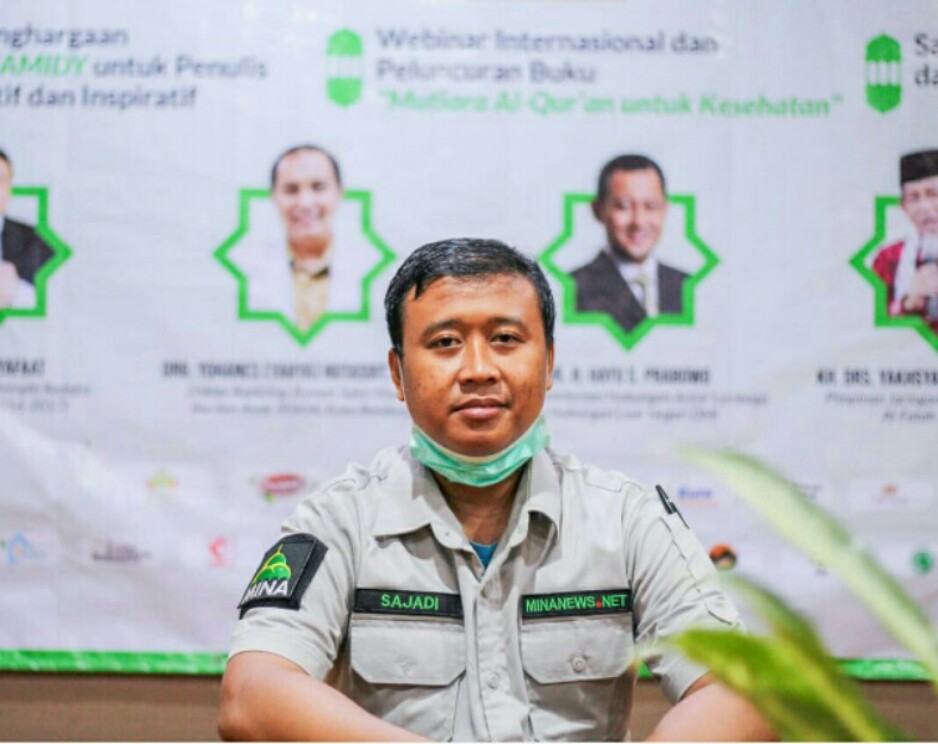
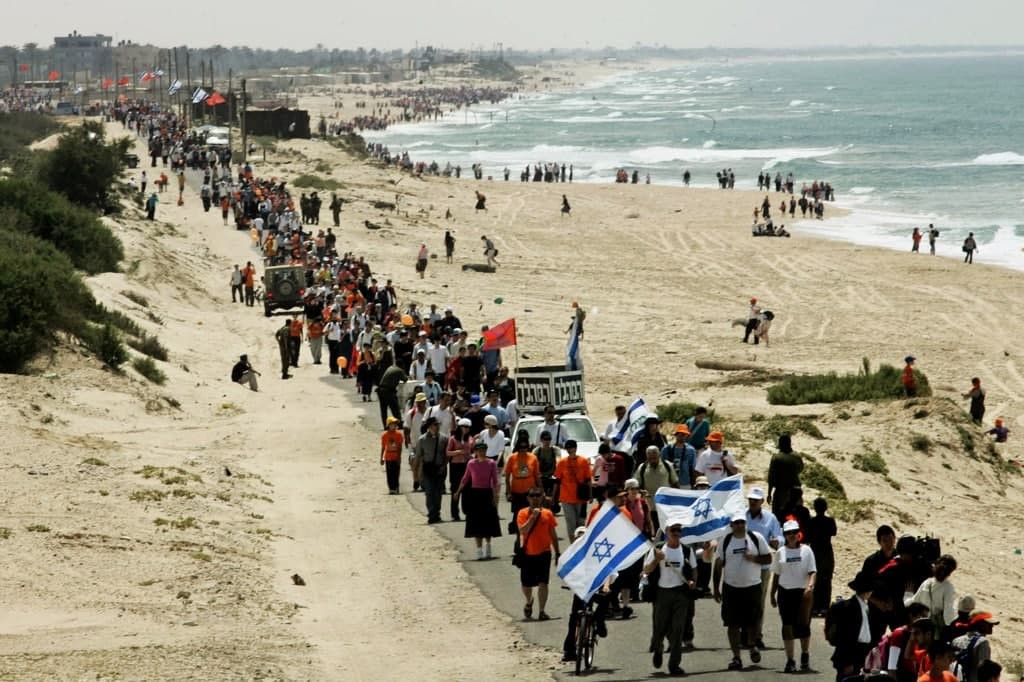

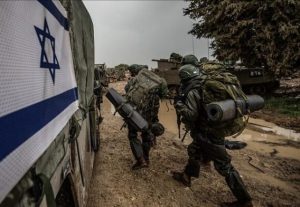
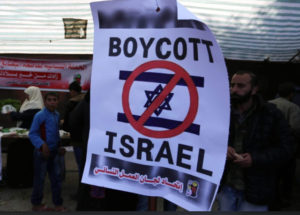
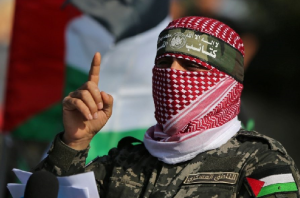
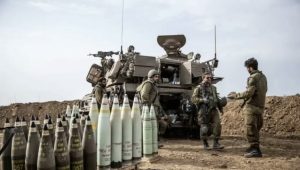
![Israeli tanks and APC’s gather by the Israeli – Lebanese border. Amid Israel’s escalating campaign against Hezbollah in Lebanon on September 30, 2024. [Erik Marmor/Getty Images]](https://en.minanews.net/wp-content/uploads/2024/10/IMG_20241001_203226-300x197.jpg)

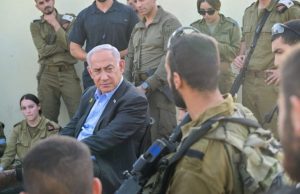
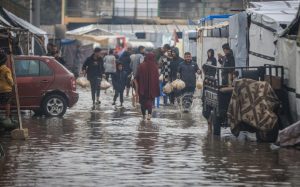
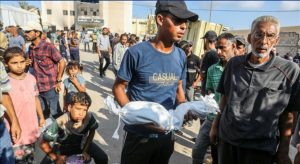

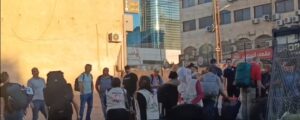

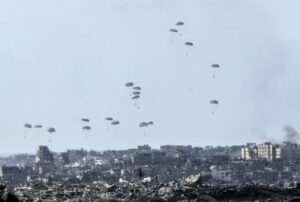



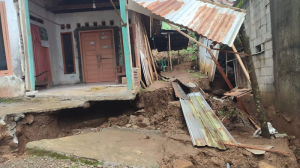
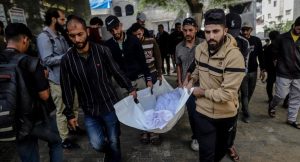

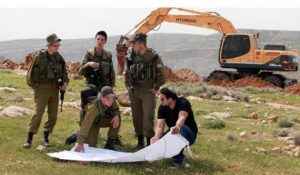
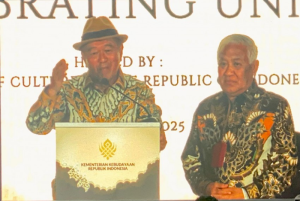
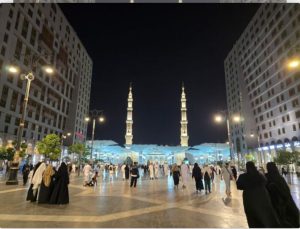





 Mina Indonesia
Mina Indonesia Mina Arabic
Mina Arabic